Microplastics, tiny plastic particles less than 5 millimeters in diameter, have infiltrated our freshwater ecosystems, presenting a hidden yet formidable challenge. From their myriad sources to their far-reaching impacts on biodiversity, water quality, and human health, understanding microplastics is the first step towards mitigating their presence in our environment. This blog aims to demystify microplastics, making the complex science behind them accessible and engaging, setting the stage for a deeper dive into solutions in our upcoming post.
Sources and Pathways: The Invisible Invasion
The journey of microplastics into our freshwater ecosystems is a tale of unintended consequences stemming from our reliance on plastic. These particles, less than 5 millimeters in diameter, find their way into rivers, lakes, and streams through a variety of sources, each contributing to the growing invisibility of pollution in our waters.
From Larger Debris to Tiny Particles
Larger plastic items, when subjected to physical, chemical, and biological elements, break down into smaller pieces. This process is not a result of careful recycling or intentional design. Still, it is a natural consequence of plastic’s durability and resistance to degradation, turning a beneficial property into a double-edged sword.
The Clothes We Wear
Every time we wash synthetic fabrics, millions of microfibers are released into the water system. These fibers, essentially microplastics, come from clothing made from materials like polyester and nylon. They are so small that wastewater treatment plants struggle to filter them out, leading them to accumulate in our water bodies.
![]()
Beauty at a Cost
Cosmetics and personal care products often contain microbeads, tiny plastic particles designed for exfoliating the skin. While they may contribute to beauty routines, these microbeads wash down drains and pass through filtration systems, entering rivers and lakes where they become part of the aquatic environment.
Industrial Effluents and Wastewater
Industrial processes that use or produce plastic materials can also discharge microplastics directly into waterways. Wastewater treatment plants, while effective at removing many contaminants, are not fully equipped to capture all microplastics, allowing them to enter freshwater systems.
Atmospheric Deposition
Microplastics are not only a problem in water; they are also in the air we breathe. These particles can travel vast distances, carried by winds, and eventually deposit in freshwater systems through atmospheric deposition, further illustrating the pervasive nature of microplastic pollution.
Rivers: The Conduits to the Ocean
Rivers play a crucial role in transporting microplastics from urban and agricultural lands to larger bodies of water. As these rivers flow into lakes, reservoirs, and eventually the oceans, they carry with them the microplastics collected along their journey, acting as a conveyor belt of pollution from inland to the aquatic environments.
Environmental Impact: A Ripple Effect
The invasion of microplastics into freshwater ecosystems sets off a cascade of ecological disturbances, affecting biodiversity, water quality, and human health. These tiny particles, once ingested by aquatic organisms, can lead to a series of detrimental effects, underscoring the urgent need for understanding and action.
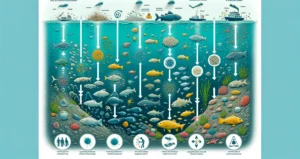 Biodiversity Under Siege
Biodiversity Under Siege
Microplastics are not selective in their impact; they infiltrate the entire aquatic food chain. From the smallest of zooplankton to larger vertebrates like fish and amphibians, these plastics find their way into the bodies of aquatic organisms. The physical ingestion of microplastics can lead to internal blockages and physical harm. Moreover, the chemicals that microplastics carry—adsorbed from their journey through polluted waters—pose additional risks. These substances can lead to reduced feeding activity, impaired growth, and decreased reproductive rates, ultimately affecting the survival of species and the health of biodiversity as a whole.
Water Quality: A Clouded Future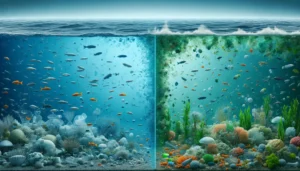
The presence of microplastics in freshwater bodies does more than harm aquatic life; it also deteriorates the quality of the water itself. These particles act as vectors for pollutants, such as heavy metals and organic contaminants, which they absorb and then transport into freshwater systems. The accumulation of these pollutants can alter water’s physical and chemical properties, affecting its clarity, chemical balance, and overall safety for consumption by wildlife and humans alike. The degradation of water quality has far-reaching implications, not only for ecosystems but also for communities that rely on these water sources for drinking, agriculture, and recreation.
 Human Health: The Unseen Hazard
Human Health: The Unseen Hazard
The impact of microplastics extends beyond environmental concerns, posing indirect threats to human health. While the full extent of these risks is still being researched, it is known that humans can ingest microplastics by consuming contaminated water and aquatic organisms. The potential for these particles, along with their load of harmful chemicals, to accumulate in the human body raises concerns about their contribution to health issues. Understanding the pathways through which microplastics enter our bodies and their possible effects is critical for assessing and mitigating health risks associated with these pollutants.
Detection and Analysis: Unveiling the Invisible
Detecting and analyzing microplastics in freshwater ecosystems is akin to looking for a needle in a haystack, but with needles that are nearly invisible and constantly moving. The challenge is formidable, but scientists have developed a range of methodologies to tackle it.
Sampling the Waters
The first step in detecting microplastics is collecting samples from various environments – surface waters, sediments, and even organisms. Techniques such as manta trawls, designed to skim the surface water, and sediment coring for bottom deposits, are commonly used. These methods aim to capture a representative sample of the environment being studied.
Separating the Micro from the Macro
Once samples are collected, the microplastics must be separated from natural materials and other debris. This is often achieved through density separation, where samples are mixed with a solution (like saline water) that causes microplastics to float while organic matter and other materials settle.
Identifying the Invisible
Identifying the types of polymers that make up microplastics requires sophisticated technology. Fourier-transform infrared (FTIR) spectroscopy and Raman spectroscopy are two advanced techniques used by scientists. These methods allow researchers to not only confirm the presence of microplastics but also determine their chemical composition, providing crucial information about their potential sources and environmental impacts.
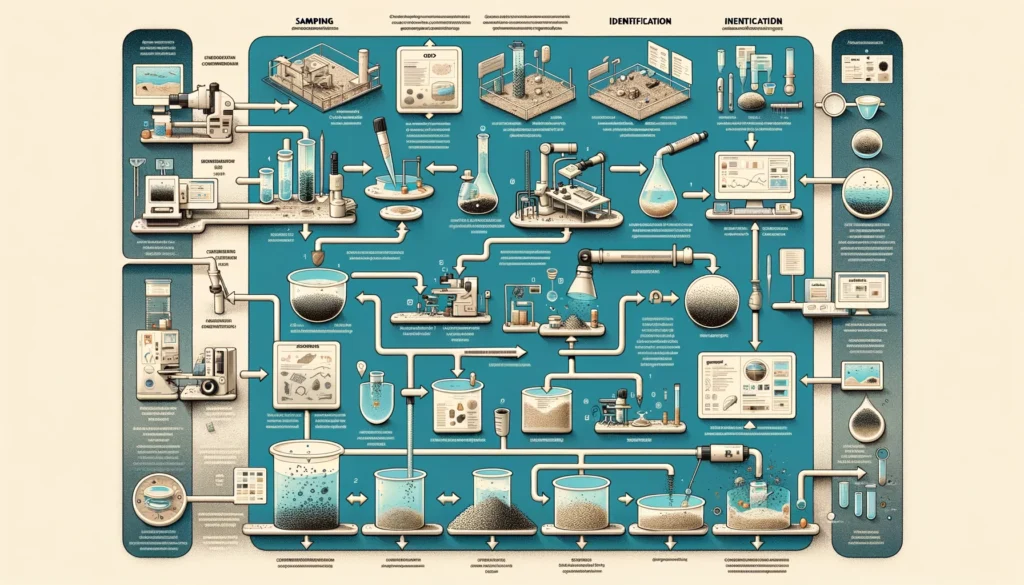
Overcoming Challenges
The process of detecting and analyzing microplastics is fraught with challenges. The sheer size variability of microplastics, from large fragments just under 5 millimeters to microscopic fibers, complicates detection. Furthermore, the diversity of plastic types and the environmental matrices in which they are found demand versatile and sensitive analytical techniques. The development of standard protocols and the refinement of detection methods are ongoing efforts in the scientific community, aimed at improving our understanding of microplastic pollution and its ramifications.
Through these intricate processes of detection and analysis, the invisible invasion of microplastics is slowly being unveiled, offering insights into their distribution, concentration, and potential impacts on freshwater ecosystems. This knowledge is crucial for informing mitigation strategies and guiding policy decisions aimed at reducing the footprint of microplastics in our natural environments.
A Glimpse Ahead
As we uncover the multifaceted impacts of microplastics on freshwater ecosystems, the path forward demands a concerted effort from individuals, communities, policymakers, and scientists. The challenges posed by microplastic pollution are complex, but not insurmountable. Awareness and education play pivotal roles in initiating change, fostering a culture of responsibility and action towards reducing plastic use, and improving waste management practices.
The Role of Innovation and Policy
Innovative solutions to plastic pollution, such as the development of biodegradable materials and enhancements in recycling technology, offer hope for reducing the influx of microplastics into our ecosystems. Similarly, policies aimed at curbing plastic production and encouraging sustainable consumption patterns are crucial for addressing the problem at its source. International cooperation and community engagement further amplify the impact of these efforts, bridging gaps and fostering a unified approach to preserving our freshwater resources.
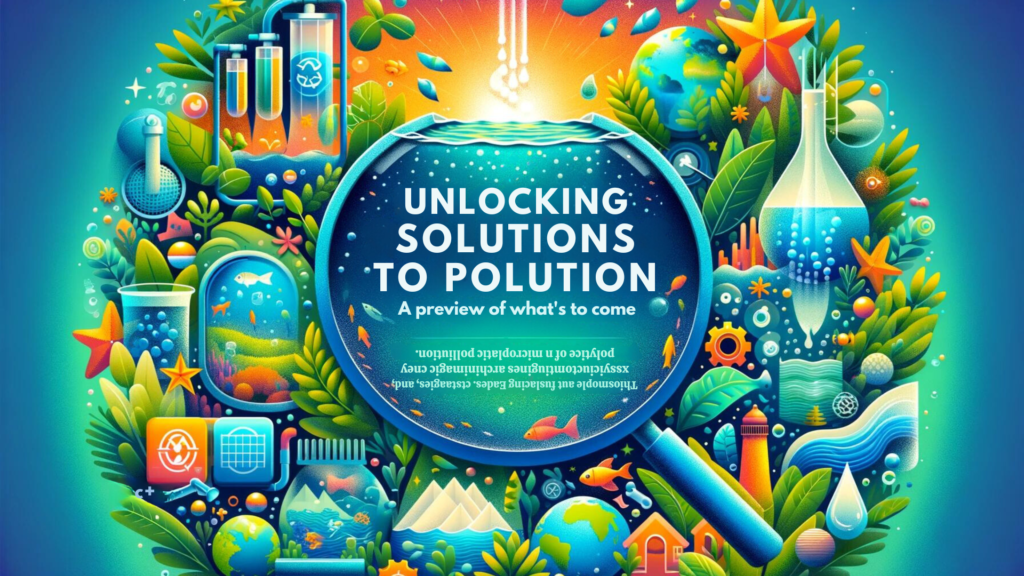
The journey to address the microplastic menace is ongoing, with each step forward offering new insights and opportunities for action. By continuing to explore, understand, and tackle this issue, we can work towards safeguarding our freshwater ecosystems, the incredible biodiversity they support, and the health and well-being of communities worldwide. Stay tuned for our next post, where we will delve deeper into the solutions and strategies that can help us navigate the waters of microplastic pollution toward a clearer, cleaner future.
Author’s Note
This exploration into the world of microplastics is more than just an exercise in understanding; it’s a call to action. As we peel back the layers of this challenge, the role of each individual in contributing to a solution becomes clear. Whether through informed choices, advocacy, or direct action, there’s a part for everyone to play in safeguarding our waterways and, by extension, our future.
G.C., Ecosociosphere contributor.
References and Further Reading
- “Microplastics in freshwater ecosystems: what we know and what we need to know” – This comprehensive review offers a deep dive into current research and methodologies.
- “Microplastics in aquatic environment: Challenges and perspectives” – A detailed exploration of the broader implications of plastic pollution, including policy and innovation perspectives.
- “Microplastics in Freshwater: What Is the News from the World?” – An accessible overview of what is known about microplastics and human health, highlighting gaps in current knowledge.
This two-part series on microplastics is designed to illuminate the issue from all angles, fostering a comprehensive understanding and inspiring action. Join us as we continue to explore the depths of this pressing environmental challenge.

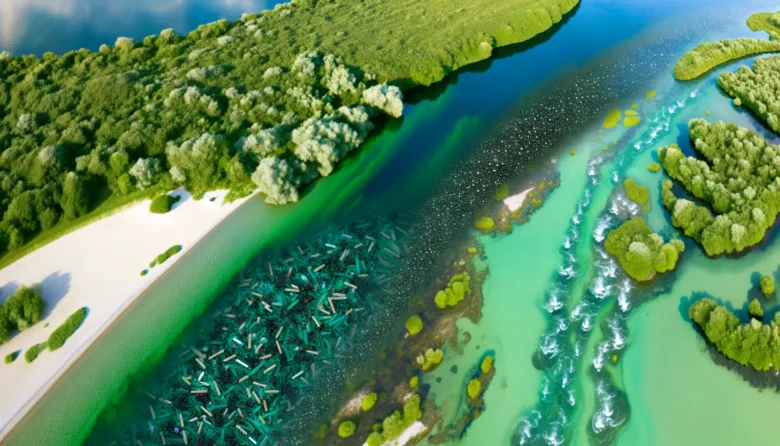
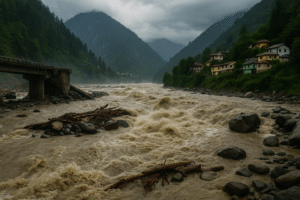
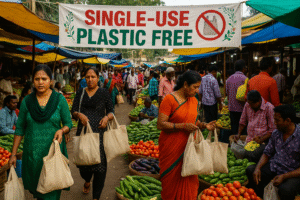

Comments
I don’t think the title of your article matches the content lol. Just kidding, mainly because I had some doubts after reading the article.
Can you be more specific about the content of your article? After reading it, I still have some doubts. Hope you can help me.
Your point of view caught my eye and was very interesting. Thanks. I have a question for you.
I don’t think the title of your article matches the content lol. Just kidding, mainly because I had some doubts after reading the article.